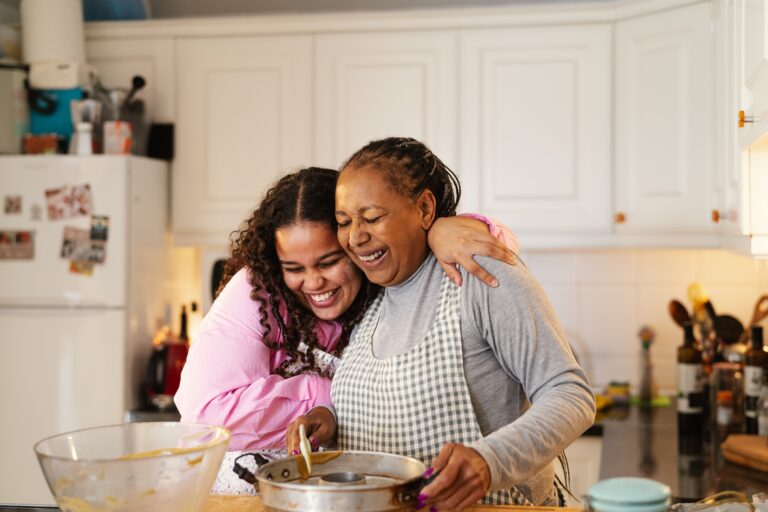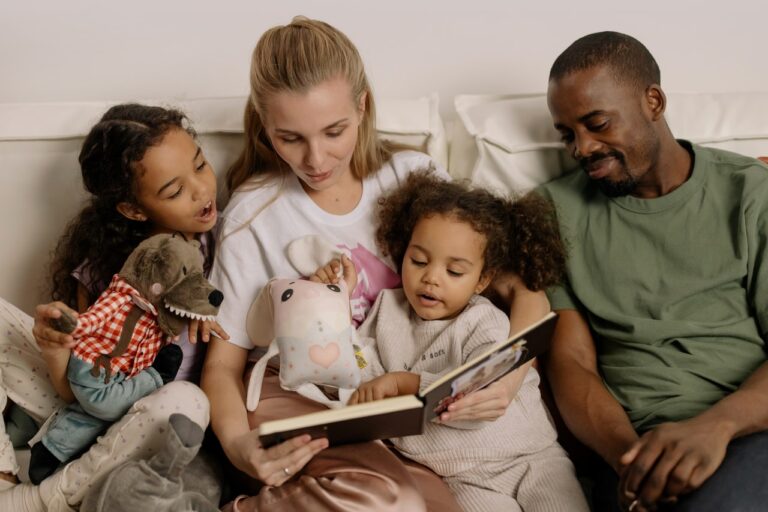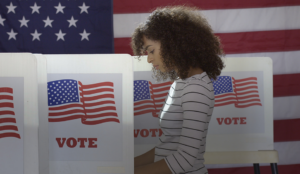We’re sorry. The page you are looking for appears to be missing.
The page that you are looking for does not exist. You may have accidentally mistyped the page address, or followed an expired link. Let us help you get back on track!
Browse some of our most popular content or latest blog articles below.








